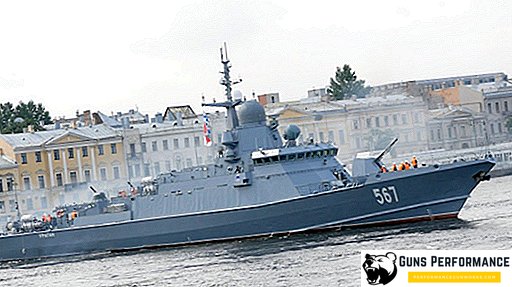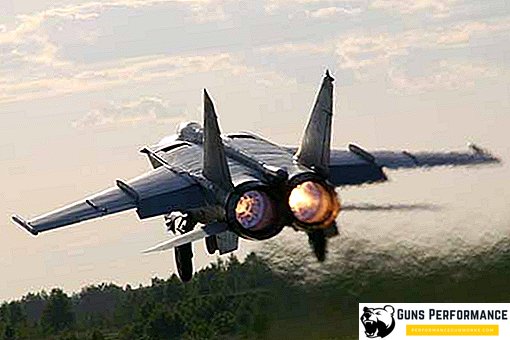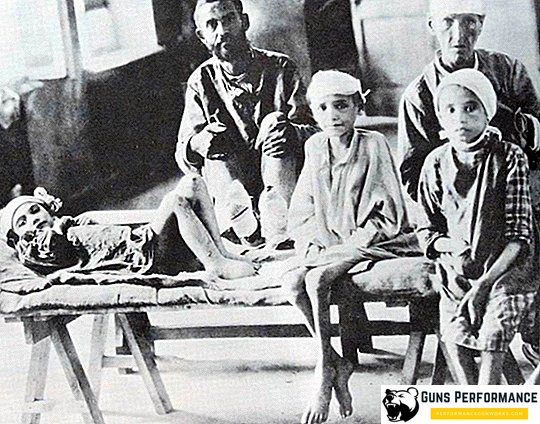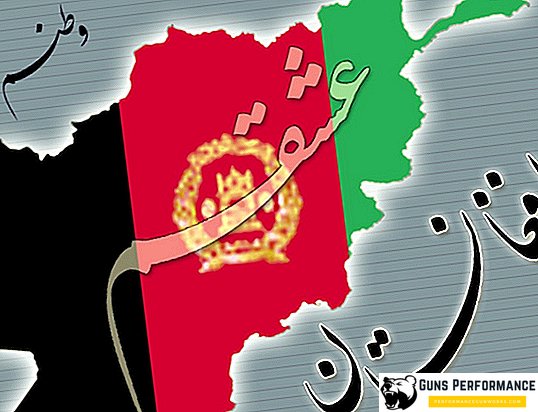Not so long ago, the Russian police received a new form, which turned out to be more convenient and practical. Compared with the previous one, it began to look more dignified and respectable. And this is important, because the well-intentioned relations between people and representatives of law enforcement agencies will depend, among other things, on a positive perception of their external appearance, and not only on professional qualities.
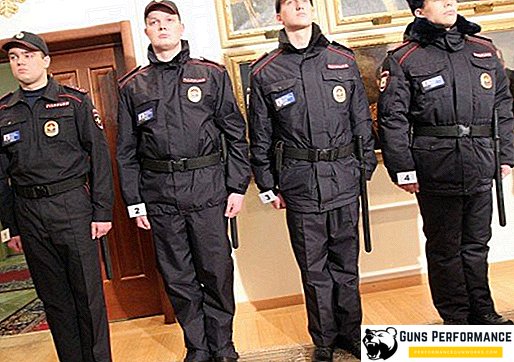
The changes also affected the policeman’s insignia, including the epaulet. On the epaulets now present curved stripes, but their meaning has been preserved since Soviet times.
A brief history of insignia on police uniform
Some historians agree that until the time when armed forces operating on a regular basis could appear in our country, military ranks had little difference. Thus, in the senior and junior ranks, differences could be detected except in terms of the fit of the form and type of weaponry.
Some modernization was made during the reign of Peter I. The then officers began to dress in Gorzhets, which were scarves of the type of scarves with elements of state heraldry. By the beginning of the XIX century, innovations in the form of uniforms, outwardly similar to the current ("frachnye"), were introduced into the Russian army.
There was the appearance of headgear, which began to emphasize the difference in military ranks. Little by little epaulets began to enter into military mods. The officer epaulettes were made in the same color as the uniform itself, while the generals were highlighted in golden hues.

In the early 20s of the XIX century, the military uniform of Russian soldiers began to stand out by the appearance of stars. The presence of one asterisk could mean that the soldier is an ensign, two is a major, three is a lieutenant colonel, four is a staff captain. But the colonel went with epaulets that did not have asterisks at all. From the 1840s, non-commissioned officers began to show something similar to the signs of differences. These were transverse stripes, somewhat similar to the sergeant stripes of the Soviet Union.
The appearance of the analogue of the first epaulettes
Something similar to epaulettes with stars of more or less modern samples began to appear in the Russian state from the middle of the XIX century. Their appearance by some historians is associated with the introduction of new models of military uniforms, and specifically now with the overcoat familiar to us all. The shoulder straps, with our galloons and asterisks, were fixed around the shoulders on the uniform. The size of all the officer's epaulettes, together with the higher ranks, was completely the same.
Following the 1917 revolution, the stars with epaulets, which the Bolsheviks perceived as a symbol of tsarism and autocracy, were simply abolished. However, over time, the Soviet military leadership decided to return the historical distinctions. Initially, this was expressed in the appearance of armbands, and already since 1943, and epaulettes.

Breasted front and ranks have employees Russian police
The distribution of military ranks and the use of insignia of differences, including shoulder straps, is used not only by the Russian army, but also for the determination of special ranks by law enforcement and other structures. Due to a certain level of similarity between military and police activities, the placement of stars and other elements on police uniform is similar to that of the Russian army.
Stars on epaulets ordinary policemen in order
On the shoulder straps of ordinary policemen there is a distinctive sign - a button, next to which there is an emblem with the inscription "police". The police cadets on shoulder straps have a distinctive sign with the letter "K".

Shoulder straps and the rank of junior commanding police
The shoulder straps possessed by junior sergeants, sergeants and senior sergeants have rectangular pegs, which are located across the shoulder straps. Two spars indicate the rank of junior sergeant, three spars - sergeants, one wide cross spars on the chase are worn by senior sergeants, the same broad spars, but vertical, are worn by foremen.
Shoulder straps and titles ensigns MIA
The shoulder straps of each ensign are decorated with small stars, arranged vertically. Shoulder straps with two asterisks are worn by ensigns, and with three - by senior ensigns.
Shoulder straps and titles of the middle commanding staff
On the shoulder straps of the average composition there is a vertical red stripe, which is called a lumen, as well as small stars. Junior lieutenants walk with one asterisk located on a red stripe, police lieutenants with two asterisks on epaulets and a transverse stripe between them, with three asterisks (two are parallel, and the third on the stripe) are senior lieutenants with four asterisks (two and two on the strip) - captains.

Shoulder straps and titles of senior commanders
Shoulder straps from previous employees are distinguished by two openings - stripes of red color located vertically along the entire length of the shoulder strap. Also there are asterisks of the big sizes from one to three. One star in the middle inside the stripes is worn on the uniform of the majors. Epaulets with two stars located on the strips themselves parallel to each other lieutenant colonels. Epaulets with three stars, two of which are placed on strips in parallel, one in the middle of the strips a little in front, worn by colonels.
Shoulder straps and the title of the highest commanding staff
General epaulets have stars of large size, arranged vertically, and do not have gaps. With one star in the middle of the shoulder strap go major generals. Lieutenant generals walk with two stars, colonels general with three stars. Only the generals of the police of the Russian Federation wear a shoulder strap with one large and three-headed Russian coat of arms, which is a rarity in this official hierarchy.


